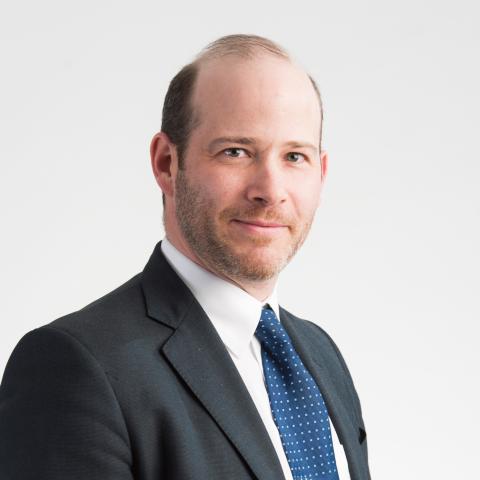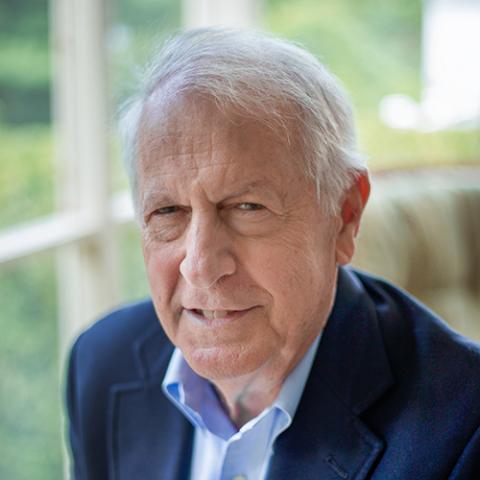In early July 2009, the official Chinese press reported that 197 people had been bludgeoned or stabbed to death and nearly 2,000 more injured in communal violence in Ürümqi, the principal city of Xinjiang, the Peoples Republic of Chinas farthest northwest region. For observers worldwide, the clash prompted a quick primer on another of the worlds festering ethnic conflicts. In this case, the antagonists were Han Chinese Ürümqis dominant ethnic group thanks to decades of government-encouraged Chinese settlementand Uighurs, a Turkic Muslim minority, some 7-9 million strong, who have long bristled under the PRCs erratic and harsh rule.
Throughout its modern history, Xinjiang, and for that matter China as a whole, has been riddled with inter-ethnic violence. On the face of it not much about last Julys violence seemed new. Yet even as Beijing mobilized thousands of armed police to re-impose ethnic harmony, it was striking how quickly the unrest escalated and garnered worldwide attention. Muslim-majority societies in particular took note, and so did the Chinese political elite: President Hu Jintao hastily returned home from a G-8 meeting in Italy. This was new.
To read the full text of this article please visit the American Interest website here















